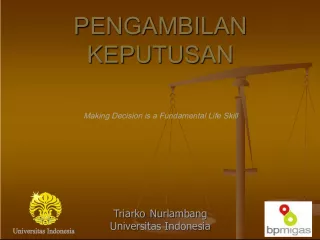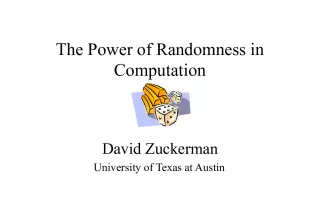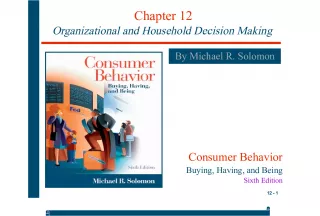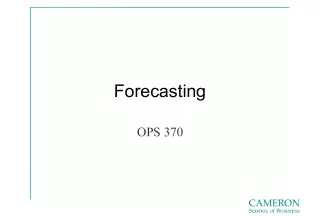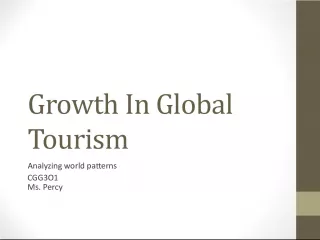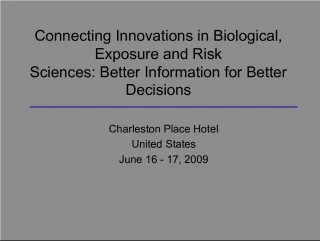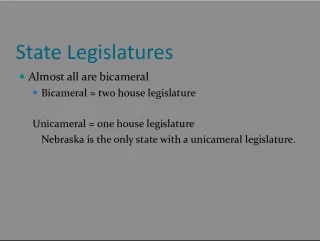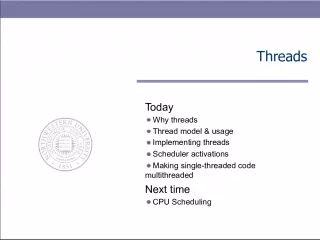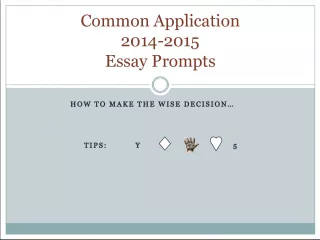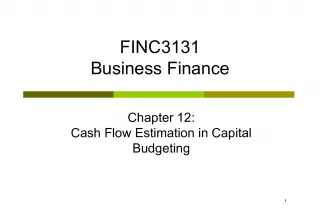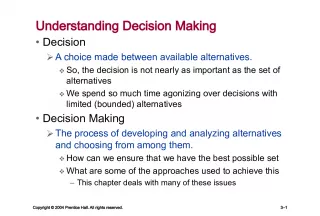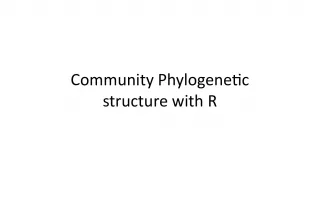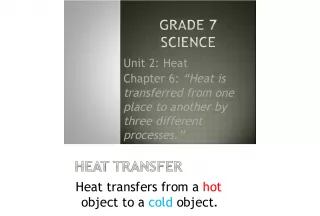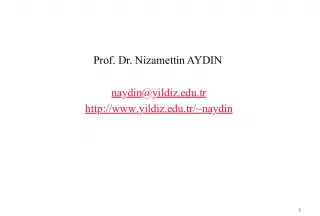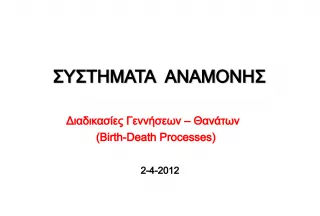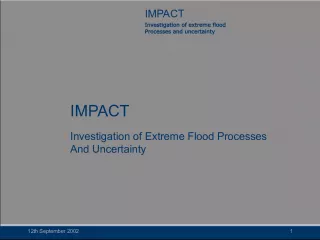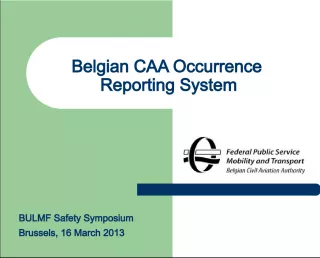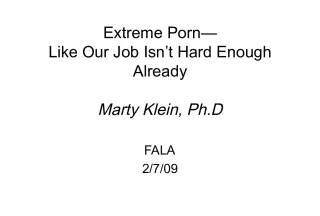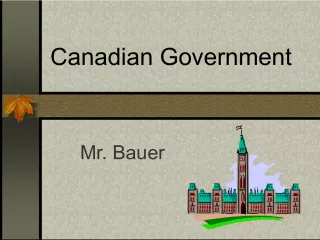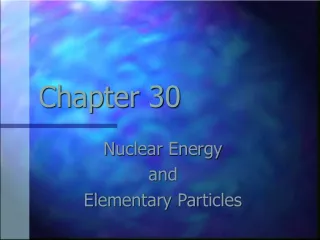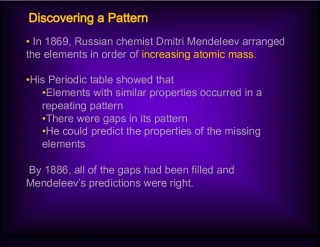Markov Processes: Making Predictions and Decisions in the Presence of Randomness
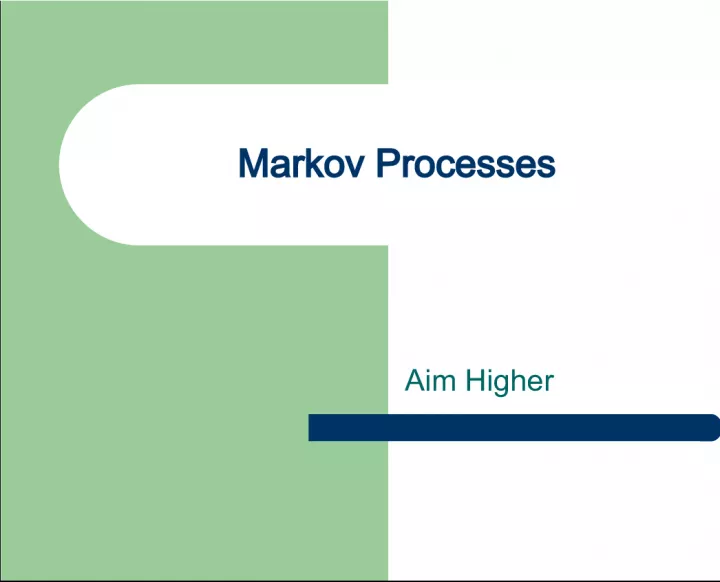

Markov Processes utilize matrices to predict probabilities of changing states in a chain of random events, allowing for forecasting in weather, economics, manufacturing, and robotics.
- Uploaded on | 1 Views
-
 quint
quint
About Markov Processes: Making Predictions and Decisions in the Presence of Randomness
PowerPoint presentation about 'Markov Processes: Making Predictions and Decisions in the Presence of Randomness'. This presentation describes the topic on Markov Processes utilize matrices to predict probabilities of changing states in a chain of random events, allowing for forecasting in weather, economics, manufacturing, and robotics.. The key topics included in this slideshow are . Download this presentation absolutely free.
Presentation Transcript
Slide1Markov ProcessesAim Higher
Slide2What Are They Used For? Markov Processes are used to make predictions and decisions where results are partly random but may also be influenced by known factors Applications include weather forecasting, economic forecasting, manufacturing and robotics
Slide3What Are They? Markov Processes use a series of matrices to predict the outcome of a chain of random events which may be influenced by known factors These matrices predict the probability of a system changing between states in one time step based on probabilities observed in the past
Slide4W h e n p r e d i c t i n g t h e w e a t h e r i t m a y b e s e n s i b l e , b a s e d o n p a s t o b s e r v a t i o n s , t o a s s u m e t h a t i t i s m o r e l i k e l y t o r a i n t o m o r r o w g i v e n t h a t i t i s r a i n i n g t o d a y . P r o b a b i l i t i e s c a n b e i n d i c a t e d f o r a g i v e n t i m e s t e p P ( R 2 | R 1 ) > P ( R 2 | S 1 ) o r P R R > P R S T h i s i s n o t a n a c c u r a t e f o r e c a s t i n g m e t h o d b u t i t c a n g i v e s o m e i n d i c a t i o n o f t h e l i k e l y p r o b a b i l i t y o f t h e w e a t h e r c h a n g i n g f r o m o n e s t a t e – r a i n , s u n , c l o u d , s n o w , e t c – t o a n o t h e r . E x a m p l e s o f A p p l i c a t i o n
Slide5Creating A Markov System An initial transition matrix is required to show the probability of state changes in one time step: One time step in this case could be decided as 24 hours 0.6 0.4 0.2 0.3 0.4 0.3 0.1 0.3 0.6 Rain Cloud Sun Rain Cloud Sun
Slide6Weather Forecasting We can now predict tomorrow’s weather using these probabilities and applying them to today’s weather. If it is raining today, there is a 60% chance of rain tomorrow and only a 20% chance of sun 0.6 0.4 0.2 0.3 0.4 0.3 0.1 0.3 0.6 Rain Cloud Sun Sun Cloud Rain
Slide7Distribution Vectors The number of units in each state depends on both the transition probability and the number in each state initially. For example, on the stock market the number of shares an investor owns in four different companies may change with time However, the total number he owns in each one will depend how many of each he begins with.
Slide8Distribution Vectors: Shares The Distribution after n time steps can be obtained as: vP n 0.2 0.7 0.1 0 0.4 0.2 0.2 0.2 0.1 0.3 0.2 0.4 0.2 0.1 0.4 0.3 200 175 500 50 170 330 175 250 =
